Some fish and plant life are needy— others are not. Water is the key to life but can hold a wide range of chemicals and mineral characteristics. It may take some time and effort but knowing the water conditions of your aquarium can help all life inside thrive. It is well worth the reward and satisfaction.
Water chemistry
Do not fret! No university degrees are necessary to be a successful aquarist. But even beginners to the hobby need to know the basics. They are vital to maintaining a healthy and trouble-free aquarium. PH, ammonia, general hardness, carbonate hardness(alkalinity), nitrite and nitrate levels— these are what you test for and keep an eye on. You do not want to send your dear fishes on a roller coaster ride of unstable water conditions.
Before adding fish to a newly established aquarium, you will put your tank through a biological process called the Nitrogen Cycle. It establishes bacteria in your water and filtration system that becomes beneficial to the health of your fish.

If adding freshwater to an established tank, from your tap water, test it first. As it can contain elements harmful to fish. If it does contain things you don’t want in your aquarium, consider using a water conditioner. When looking at where breeds of fish originate from. Be careful of trying to replicate their wild conditions with a captive-bred fish. Their water conditions can vary considerably from the wild parameters. You may end up causing your fish more stress than intended.
PH
All fish and plant varieties suited to aquariums will have different needs. When starting as an aquarium enthusiast, pH is likely the first parameter you will hear about. pH measures water acidity. pH 1 – 6.9 is acidic. pH 7.1 to 14 is basic. 7.0 is neutral. Most freshwater aquariums with tropical fish do best with a pH of 6.8 – 7.6. It can vary higher or lower with the species in your tank. The pH can fluctuate and drop with the breakdown of any organic material. Maintaining a consistent pH level is the first step toward keeping a high-water quality.
Ammonia
Ammonia (NH3 and Nh4+) is harmful to fish and can quickly kill them. It tends to fluctuate to higher levels, in newly established aquarium. As they lack nitrifying bacteria. Adding too many fish at once, overfeeding, not cleaning out fish waste, poor filtration or a combination of these factors— can also lead to an ammonia spike. Ammonia is more toxic at higher temperatures and pH levels above 7.0. The only safe ammonia level is zero (0ppm)
Nitrites (NO2)
A result of bacteria breaking down ammonia in your tank and is very toxic to tropical fish. It inhibits the oxygen exchanged to fishes’ bloodstream, causing them to suffocate. Nitrites are
the secondary product in the Nitrogen Cycle. In new tanks, these levels will rise in quick succession after ammonia levels drop. The only level you want of nitrites is zero (0ppm). Remove nitrites from your tank by performing weekly water changes of 25% - 30% of the total body of water in your tank.
Nitrates (NO3)
Nitrites break down further, with the help of beneficial bacteria in your filtration system, to become nitrates. They are not harmful and signal the completion of a Nitrogen Cycle. But it is best to be wary of high levels as it will stress your fish. High levels can also produce a biological bloom which causes cloudy water. Nitrate levels should be between 20 – 40ppm. Do weekly water changes to reduce levels.
General Hardness
This is the measure of calcium, magnesium and other ions in water. Most freshwater fish can adapt to a wide range in this area, but it is best to adjust them to your local water. Try not to manipulate levels in your aquarium with additives.
Carbonate Hardness (Alkalinity)
Measure the carbonates and bicarbonates in water— this is the ability to resist changes in pH. It helps stabilize pH, replenish through regular partial water changes.
Conclusion
You will not be able to tell what high-quality water looks like by eyeballing it. Regular water testing is the only way to know, so buy a test kit online or through your local pet store. They can come in several different forms but should contain all the items you need to test for the things mentioned above. Keep a log of results to track trends occurring in your tank. And do regular water changes. Taking these steps can help your aquatic life thrive for years!
Some fish and plant life are needy— others are not. Water is the key to life but can hold a wide range of chemicals and mineral characteristics. It may take some time and effort but knowing the water conditions of your aquarium can help all life inside thrive. It is well worth the reward and satisfaction.

Water chemistry
Do not fret! No university degrees are necessary to be a successful aquarist. But even beginners to the hobby need to know the basics. They are vital to maintaining a healthy and trouble-free aquarium. PH, ammonia, general hardness, carbonate hardness(alkalinity), nitrite and nitrate levels— these are what you test for and keep an eye on. You do not want to send your dear fishes on a roller coaster ride of unstable water conditions.
Before adding fish to a newly established aquarium, you will put your tank through a biological process called the Nitrogen Cycle. It establishes bacteria in your water and filtration system that becomes beneficial to the health of your fish.
If adding freshwater to an established tank, from your tap water, test it first. As it can contain elements harmful to fish. If it does contain things you don’t want in your aquarium, consider using a water conditioner. When looking at where breeds of fish originate from. Be careful of trying to replicate their wild conditions with a captive-bred fish. Their water conditions can vary considerably from the wild parameters. You may end up causing your fish more stress than intended.
PH
All fish and plant varieties suited to aquariums will have different needs. When starting as an aquarium enthusiast, pH is likely the first parameter you will hear about. pH measures water acidity. pH 1 – 6.9 is acidic. pH 7.1 to 14 is basic. 7.0 is neutral. Most freshwater aquariums with tropical fish do best with a pH of 6.8 – 7.6. It can vary higher or lower with the species in your tank. The pH can fluctuate and drop with the breakdown of any organic material. Maintaining a consistent pH level is the first step toward keeping a high-water quality.
Ammonia
Ammonia (NH3 and Nh4+) is harmful to fish and can quickly kill them. It tends to fluctuate to higher levels, in newly established aquarium. As they lack nitrifying bacteria. Adding too many fish at once, overfeeding, not cleaning out fish waste, poor filtration or a combination of these factors— can also lead to an ammonia spike. Ammonia is more toxic at higher temperatures and pH levels above 7.0. The only safe ammonia level is zero (0ppm)
Nitrites (NO2)
A result of bacteria breaking down ammonia in your tank and is very toxic to tropical fish. It inhibits the oxygen exchanged to fishes’ bloodstream, causing them to suffocate. Nitrites are
the secondary product in the Nitrogen Cycle. In new tanks, these levels will rise in quick succession after ammonia levels drop. The only level you want of nitrites is zero (0ppm). Remove nitrites from your tank by performing weekly water changes of 25% - 30% of the total body of water in your tank.
Nitrates (NO3)
Nitrites break down further, with the help of beneficial bacteria in your filtration system, to become nitrates. They are not harmful and signal the completion of a Nitrogen Cycle. But it is best to be wary of high levels as it will stress your fish. High levels can also produce a biological bloom which causes cloudy water. Nitrate levels should be between 20 – 40ppm. Do weekly water changes to reduce levels.
General Hardness
This is the measure of calcium, magnesium and other ions in water. Most freshwater fish can adapt to a wide range in this area, but it is best to adjust them to your local water. Try not to manipulate levels in your aquarium with additives.
Carbonate Hardness (Alkalinity)
Measure the carbonates and bicarbonates in water— this is the ability to resist changes in pH. It helps stabilize pH, replenish through regular partial water changes.
Conclusion
You will not be able to tell what high-quality water looks like by eyeballing it. Regular water testing is the only way to know, so buy a test kit online or through your local pet store. They can come in several different forms but should contain all the items you need to test for the things mentioned above. Keep a log of results to track trends occurring in your tank. And do regular water changes. Taking these steps can help your aquatic life thrive for years!
Take a look at some products and fish product collections for your tank:

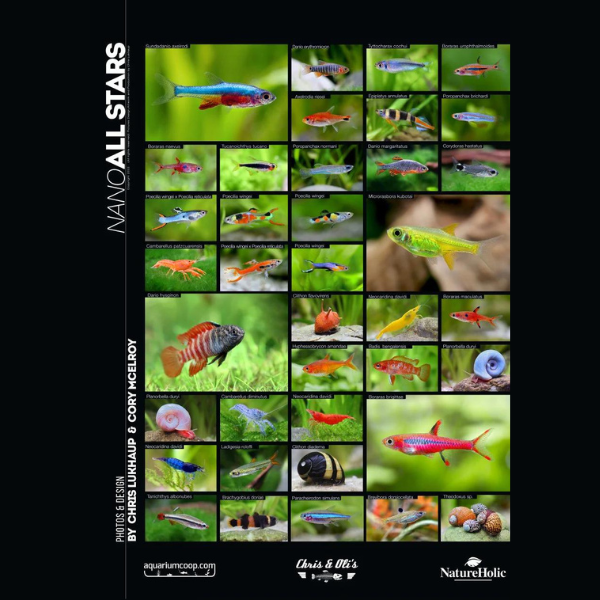
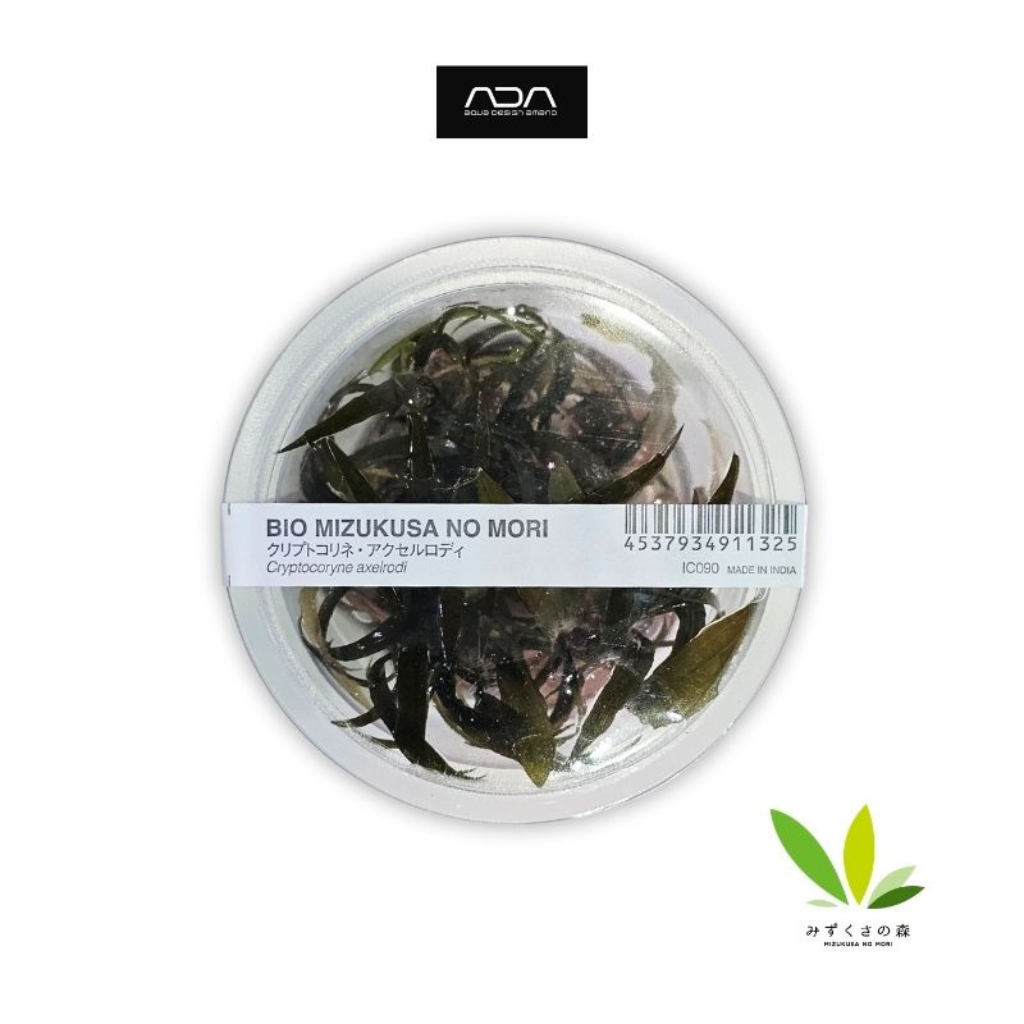
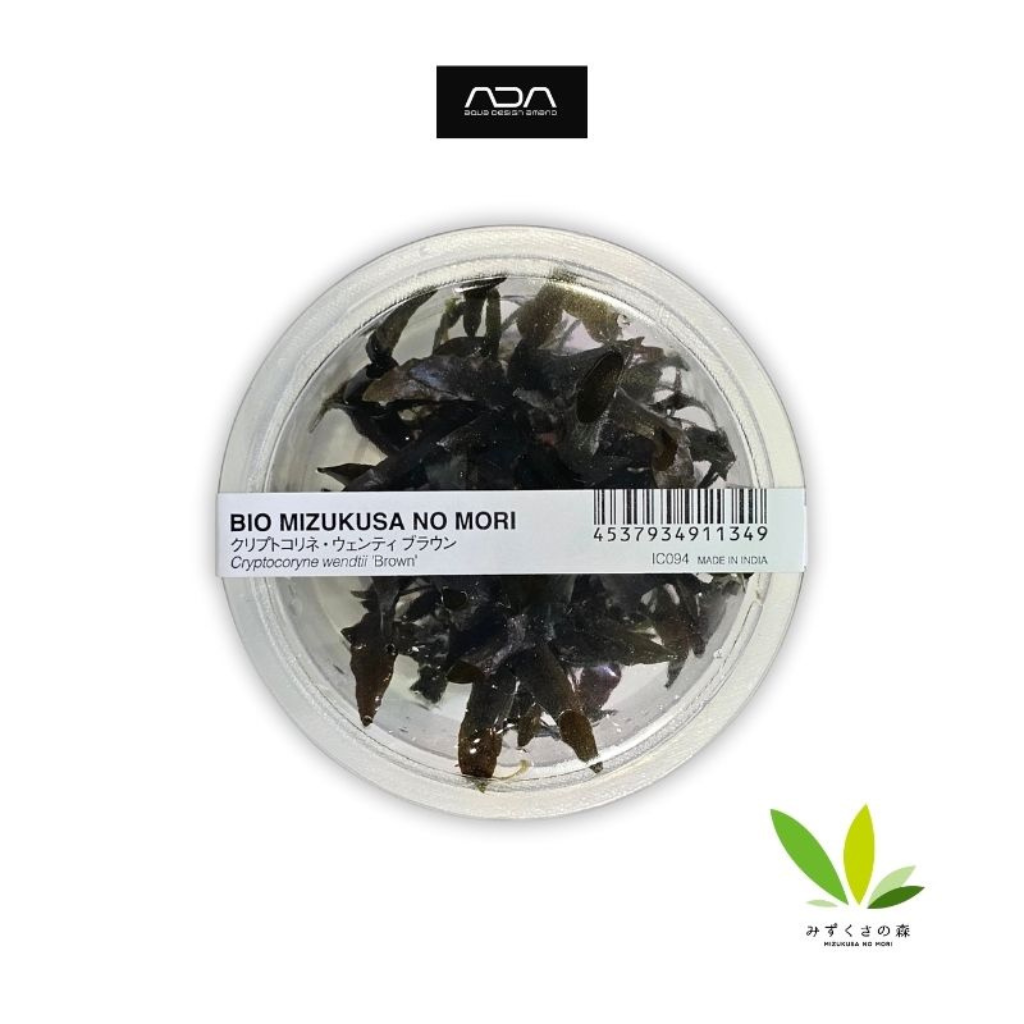
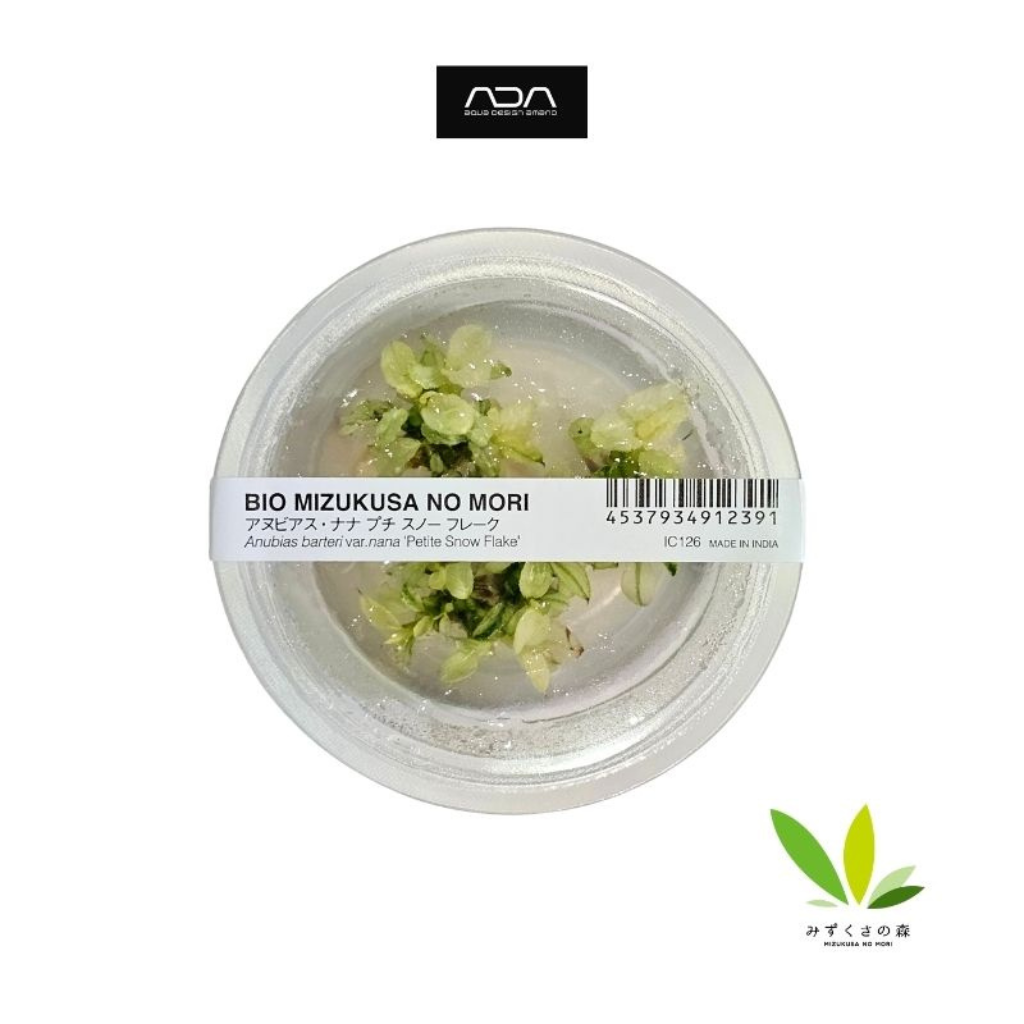

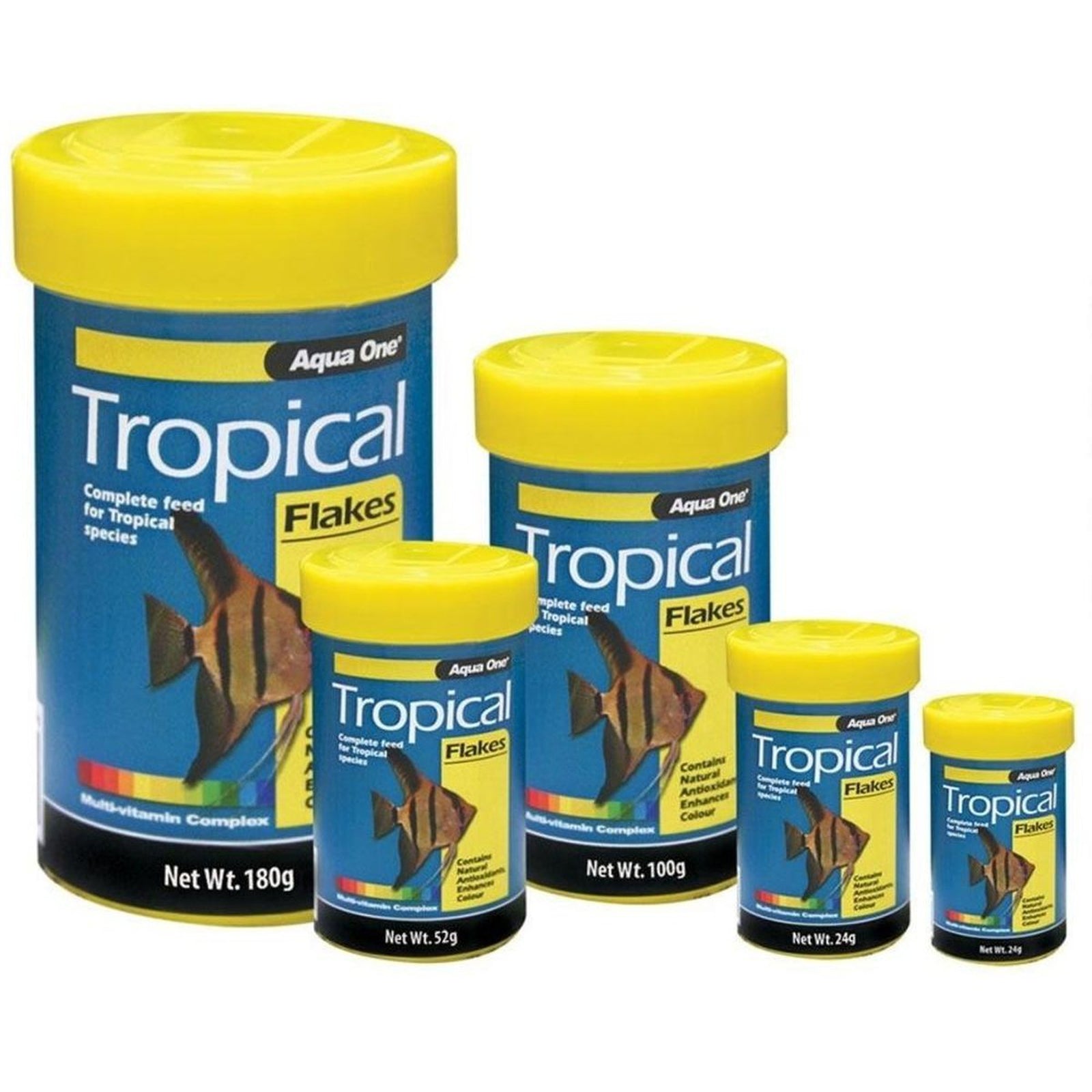
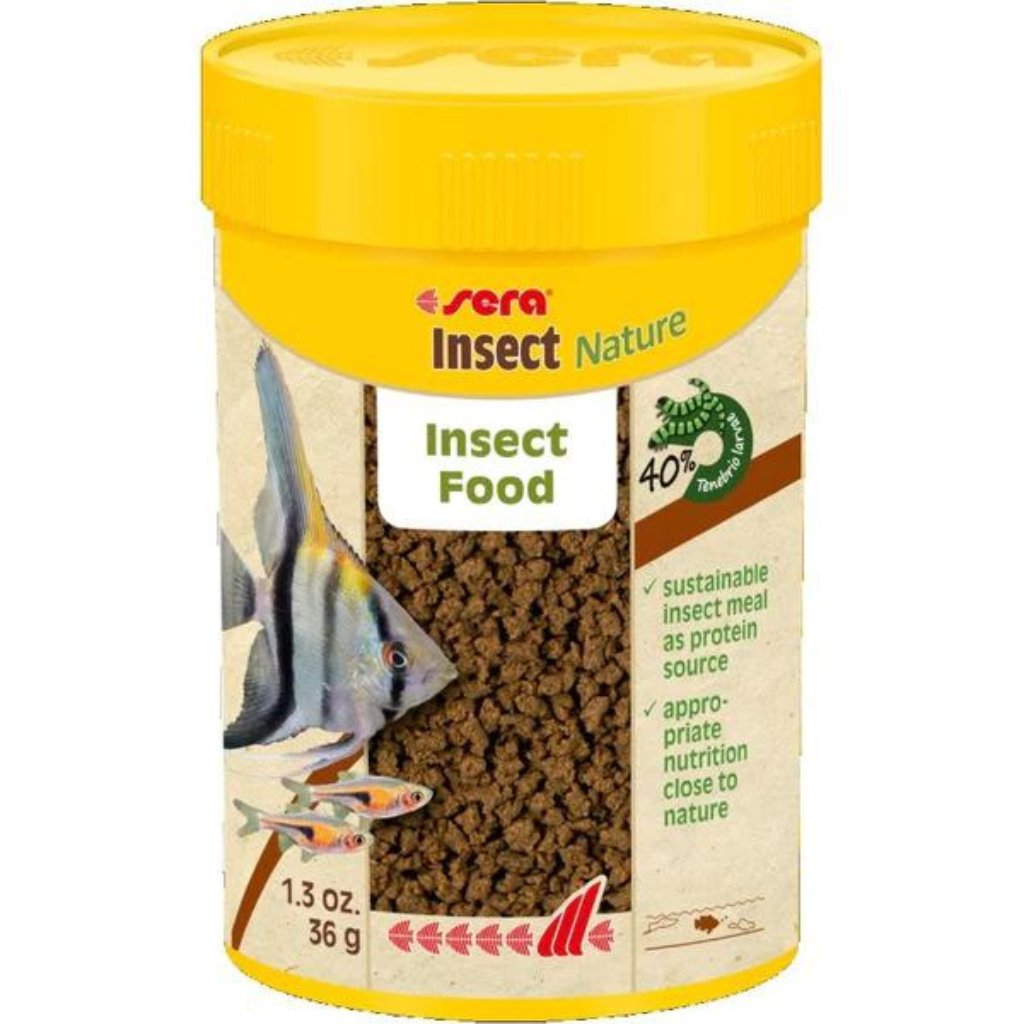
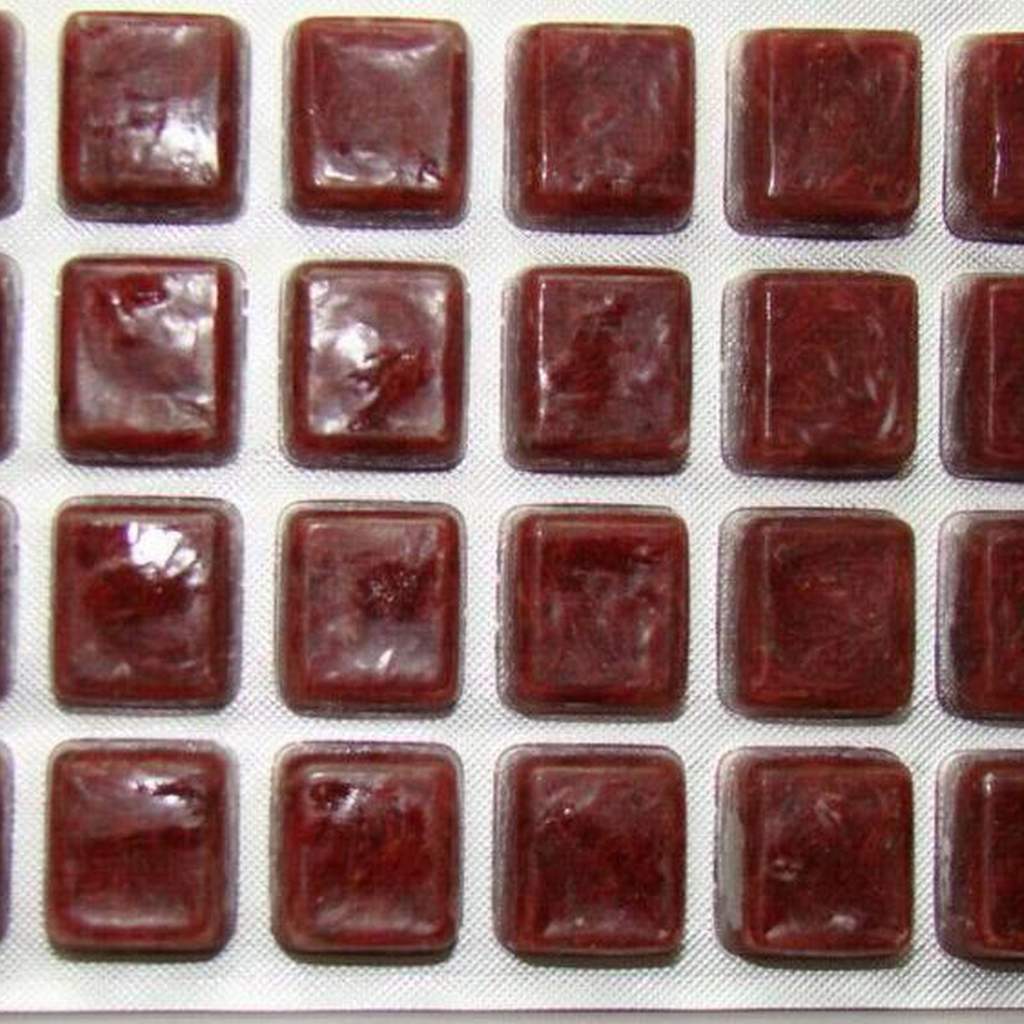
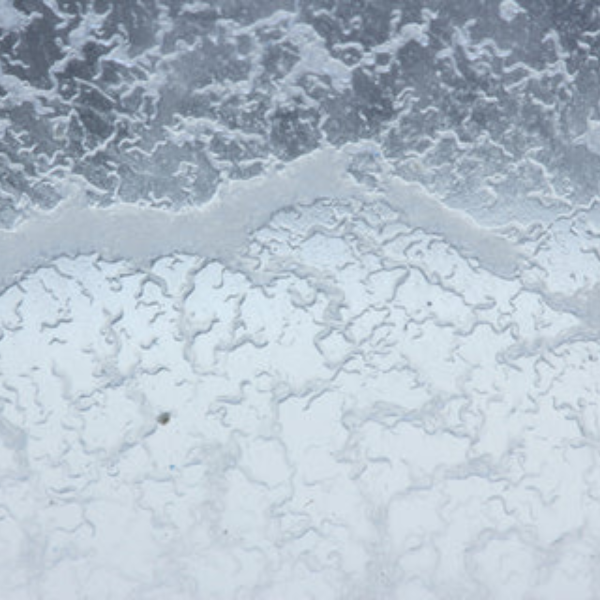




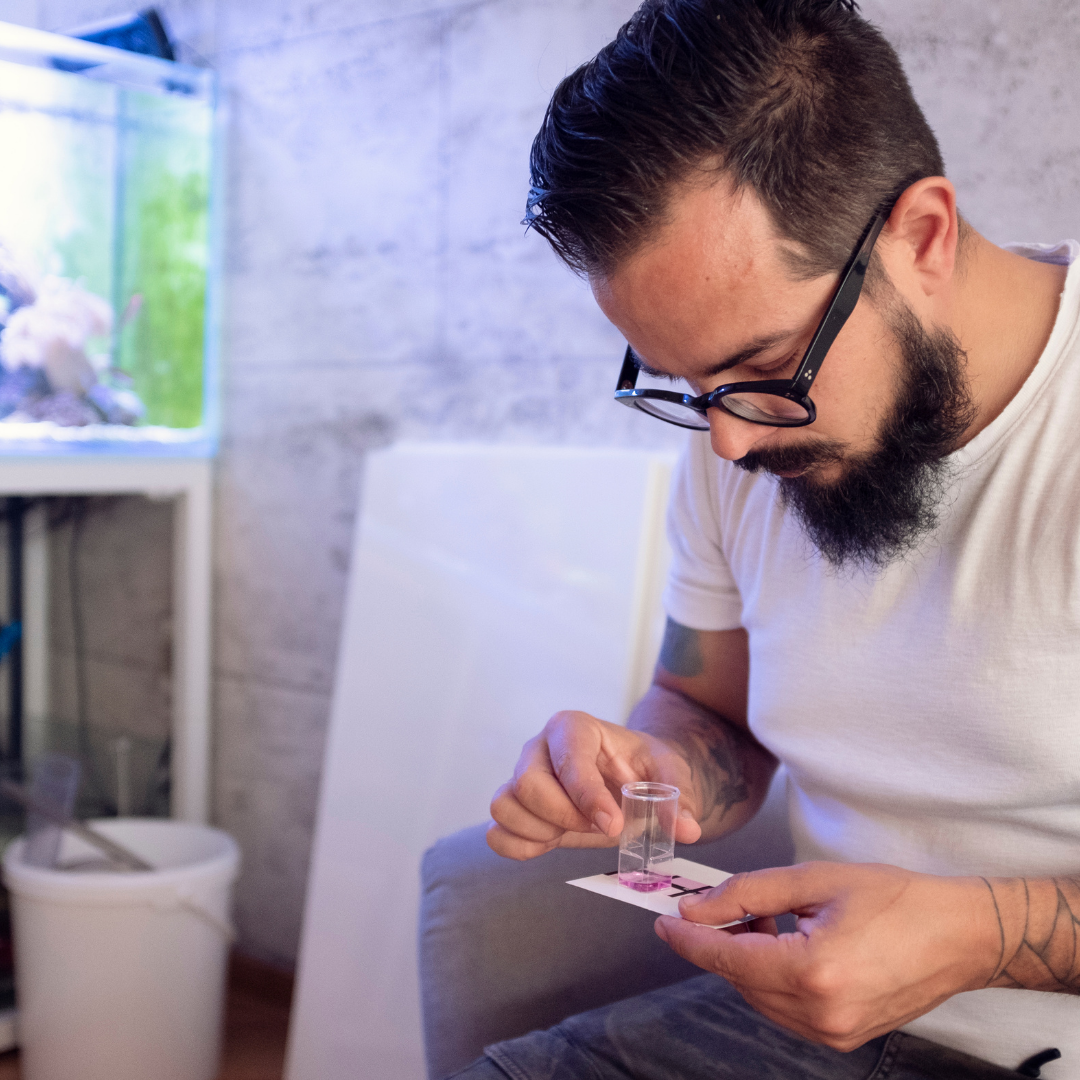
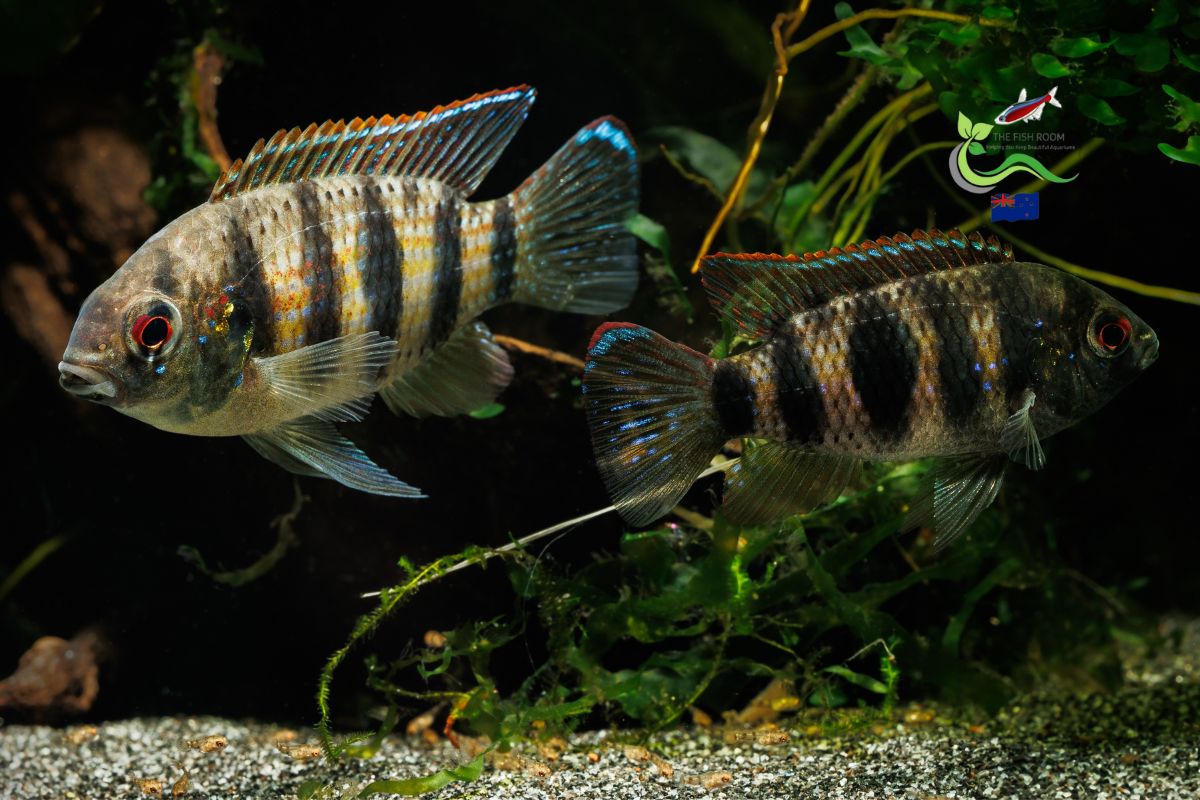
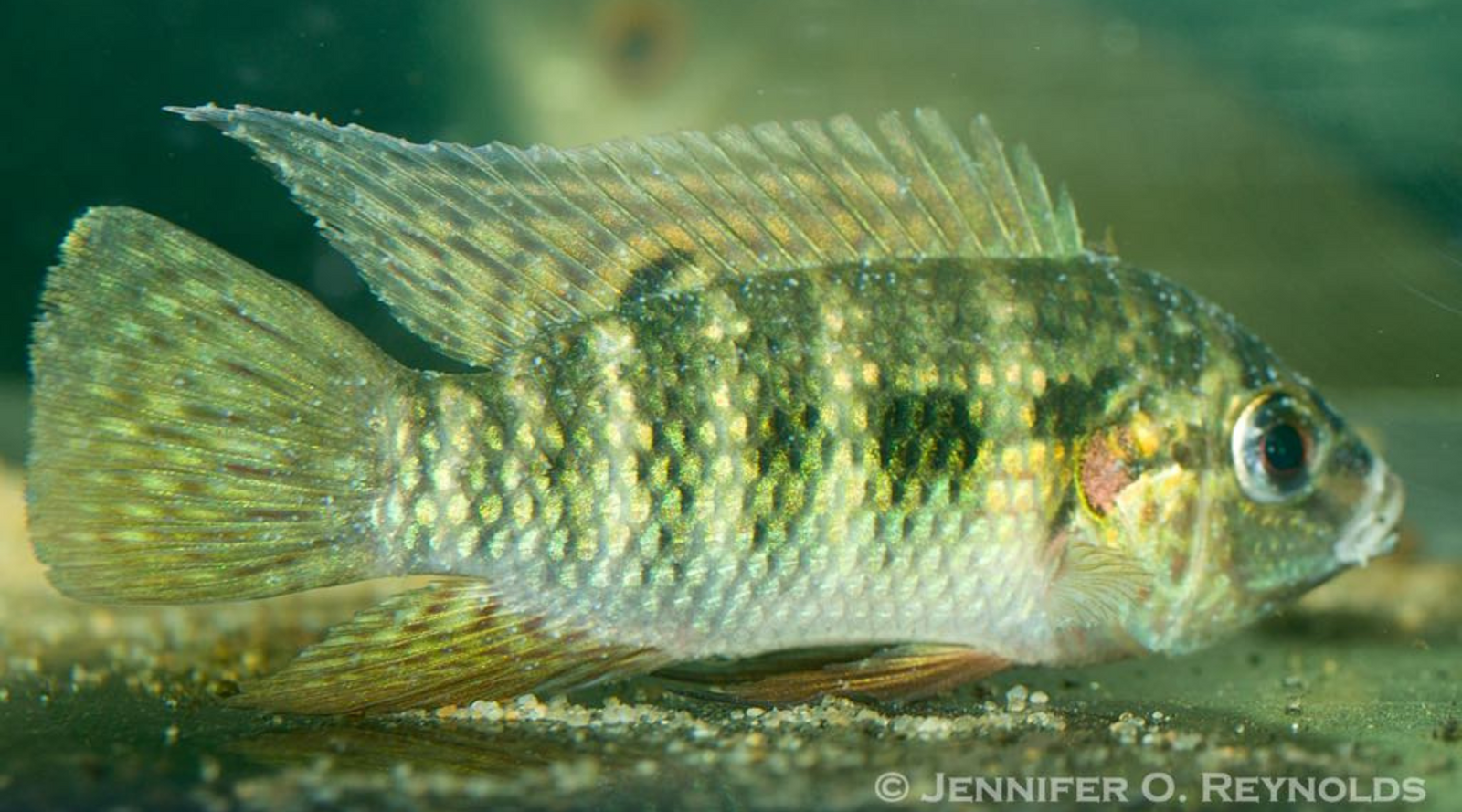
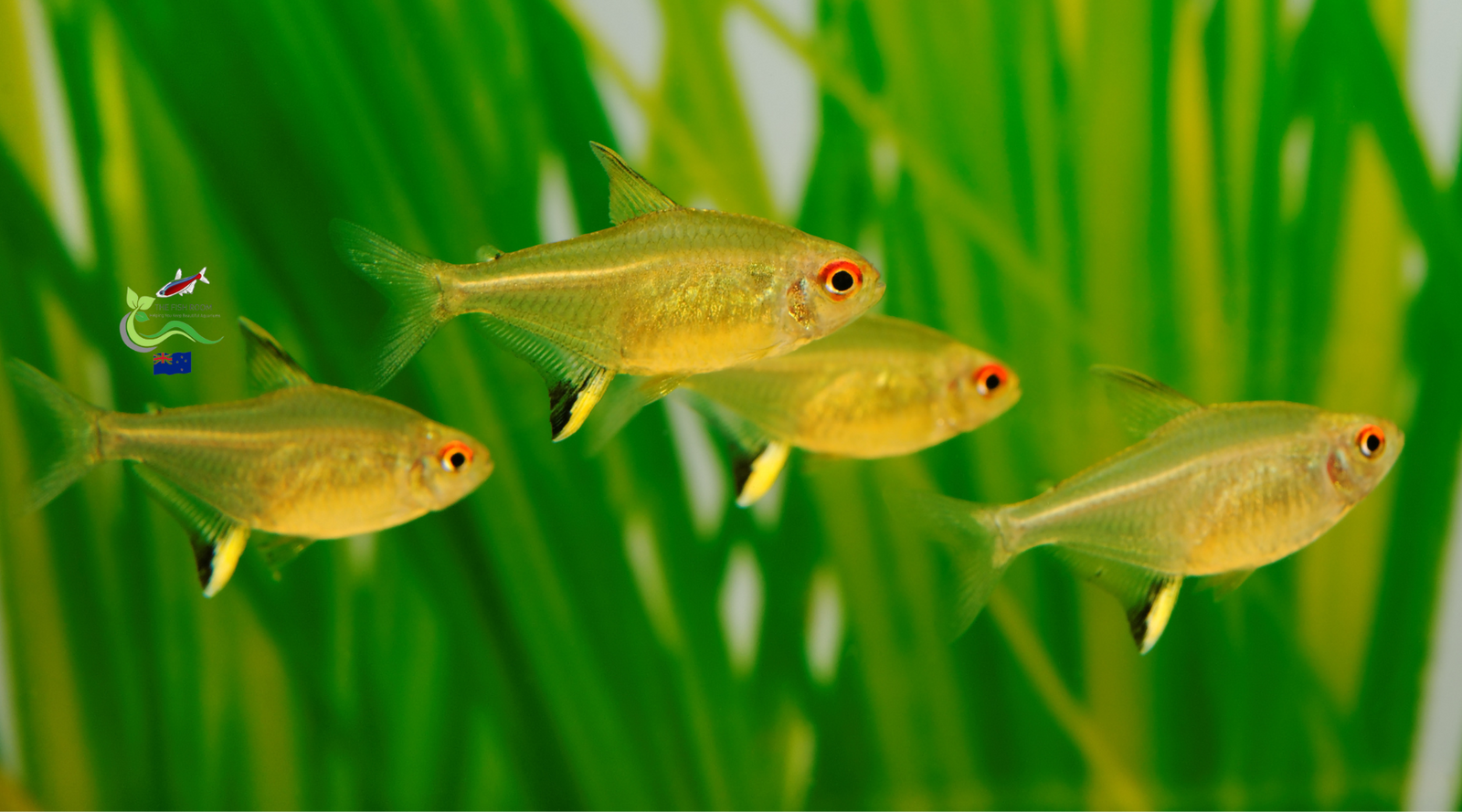
Alida Wheat
December 02, 2020
Hi
I seem to have issues with low ph, and .25 Ammonia. I just can’t fix it.
I did try putting Ph^ and the ph went down.